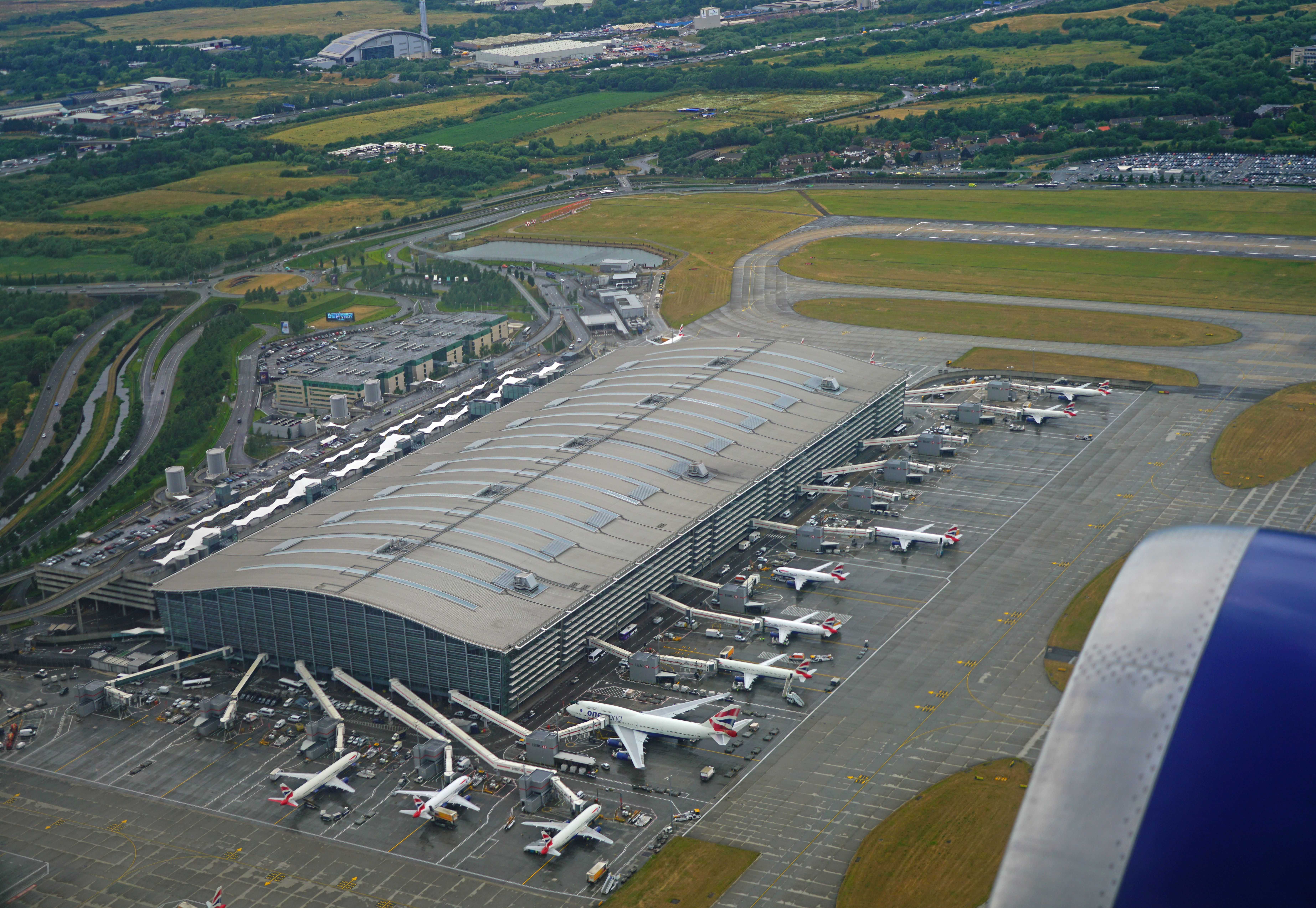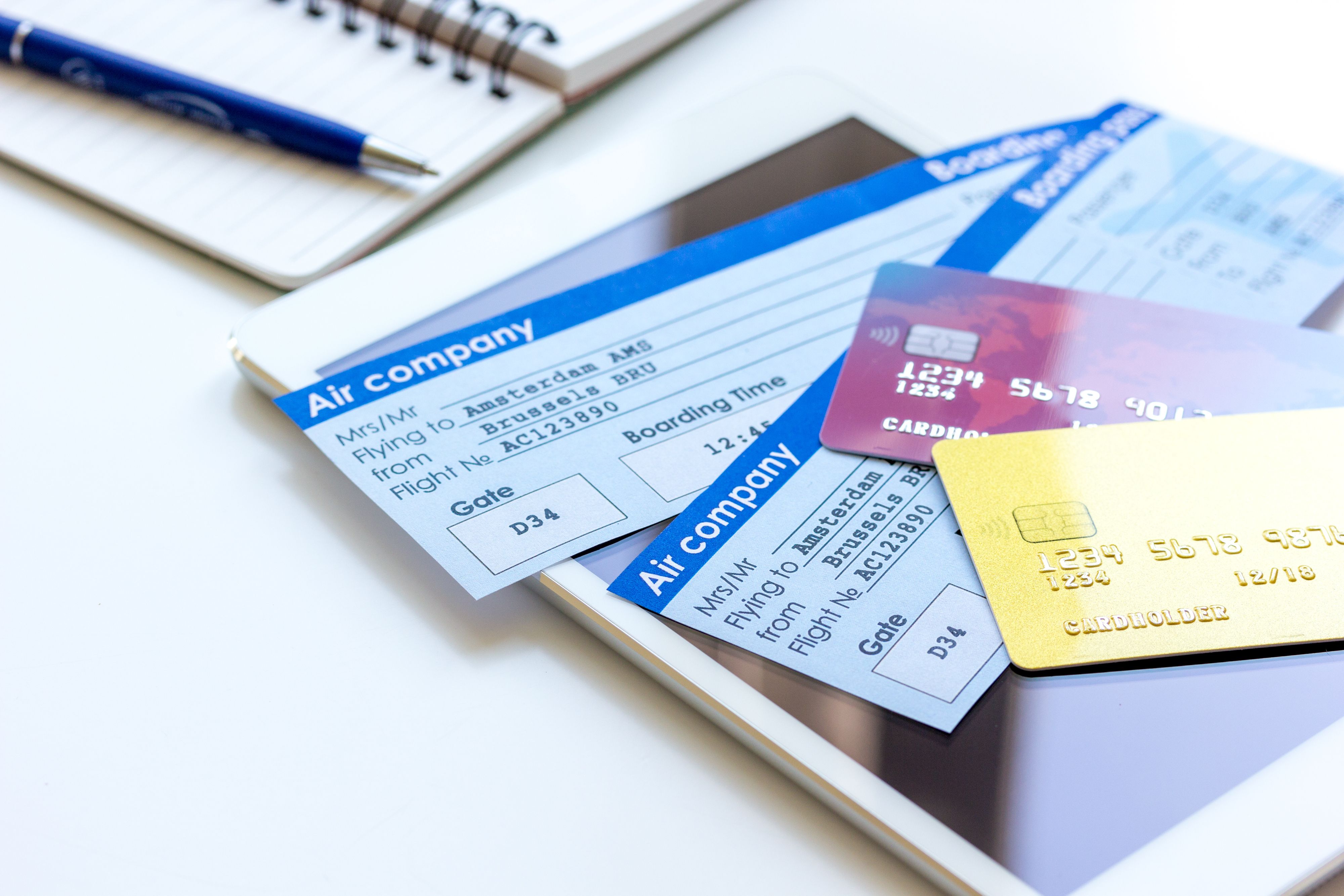Summary
- Payment costs in the airline industry are estimated to be as high as 78% of net profits, significantly impacting profit margins.
- Factors contributing to high payment costs include the high use of credit cards, the need to process payments for multiple parties, cross-border payments, and outdated legacy systems.
- Adopting new payment solutions, such as Payment Orchestrations, can help address these challenges, but the industry needs to change its perception and be open to making significant system changes.
All industries have payment costs, but reports indicate that these are much more significant in the airline industry. These are estimated to be as high as 78% of net profits currently. Simple Flying spoke with CellPoint Digital about the challenges it sees and potential payment solutions for airlines.
Expensive payments for airlines
All companies face payment costs - these are essentially the costs involved in taking payments for goods and services. These costs can come from several areas, and will impact company profit margins. Airlines are affected particularly harshly by this.
Research in late 2022 by consultancy McKinsey showed that payment costs globally total over $20 billion a year. This amounts to around three percent of airlines' total revenue - and an incredible 78% of net profits.
With such low profit margins in the industry, these costs are very impactful. Even with the industry being back into profit in 2023, the numbers are low. In June 2023, IATA predicted that for the year, airline net profits should reach $9.8 billion, with a net profit margin of 1.2 percent.
Want answers to more key questions in aviation? Check out the rest of our guides here.
Why are payment costs so high?
Payment costs are undeniably high , and those in other industries may be surprised at the level. There are several factors contributing to this, including:
- High use of credit cards (McKinsey estimates 70% of transactions are by credit cards).
- The need to take payments for several other parties (including airports, agents, and tax authorities). These have to be processed and passed on, with further costs involved.
- A high level of cross-border payments and currency conversion costs/risks.
- Prevalence of legacy systems in the industry. The aviation sector has long been reluctant and slow to modernize in many areas.
- Additional costs for data security, fraud prevention, anti-money laundering tools etc. These have become increasingly necessary but are having to be added to outdated legacy systems.
Solving the problems for airlines
Adopting new payment solutions can go some way to addressing these payment problems. Payment Orchestrations solutions are available, which offer integrated technology to better handle payments and processing. Simple Flying spoke with Greg Worch, Head of Revenue at CellPoint Digital, about the potential of such solutions. He explained:
"Payment Orchestration describes a more transparent, flexible payment ecosystem that can easily accommodate multiple PSPs and acquirers, optimize cross-border transactions, integrate multiple payment methods, and facilitate more conversions in direct and indirect sales channels."
Get all the latest aviation news right here on Simple Flying
Solving the problem, though, is about more than just introducing new technology. The airline industry needs to understand the problem, and make some big changes to well-established systems and processes. Greg Worch explained the challenges in the industry, saying:
"The biggest change airlines can make is one of perception. Payments can’t be considered back-end cost centers
but rather a dynamic opportunity to maximize revenue on each transaction and improve the customer experience... [There is] a mis-perception about the amount of effort required to take advantage of the leverage payment orchestration can provide. And the industry, in general, has a tendency toward avoiding wholesale changes to systems that are still functioning."
Would you like to discuss payment costs, or other industry cost challenges for airlines? Or potential changes and solutions for these? Feel free to discuss in the comments section.
Sources:
McKinsey (September 2022 report).



